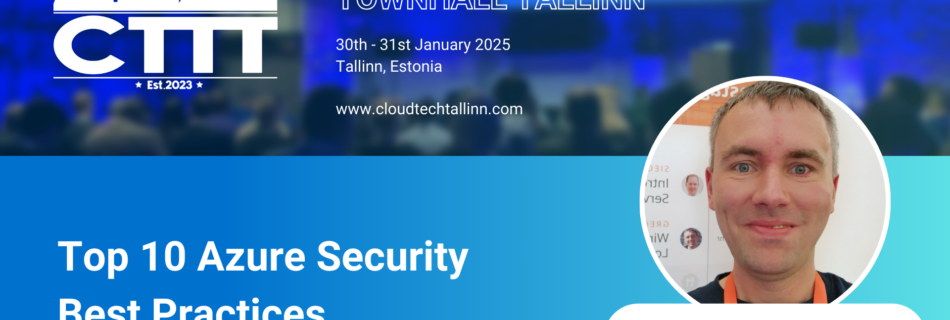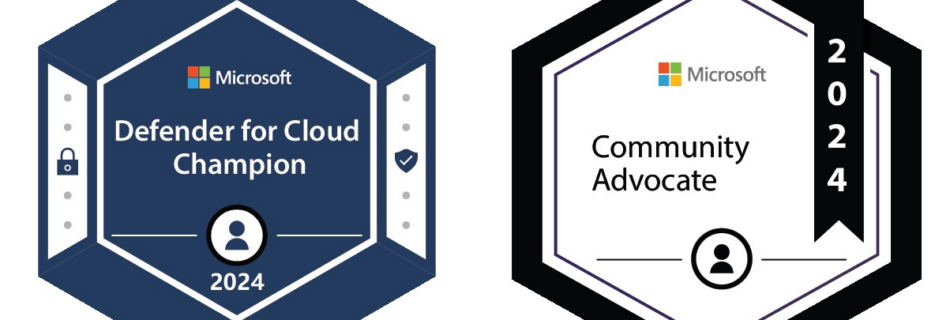Speaking at ExpertsLive Netherlands 2025 about Defender for Cloud Security and GSA
The Experts Lives Netherlands is just around the corner, two weeks and the event will kick-off in the NBC Congrescentrum in Nieuwegein. The Event is every year growing and this year the conference location will possible reach the maximum capacity around 3000 people. The conference itself is organized by the main persons of the Experts …
Mehr über „Speaking at ExpertsLive Netherlands 2025 about Defender for Cloud Security and GSA“ Lesen






